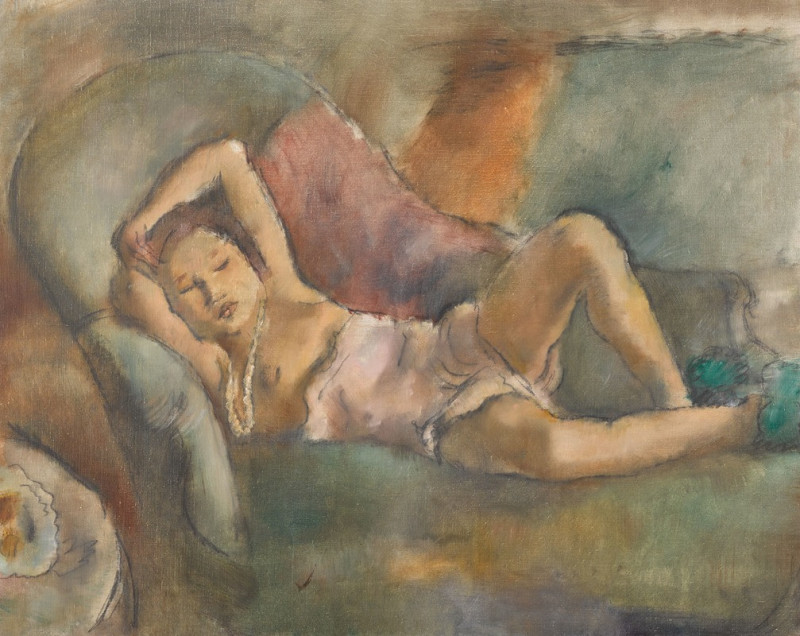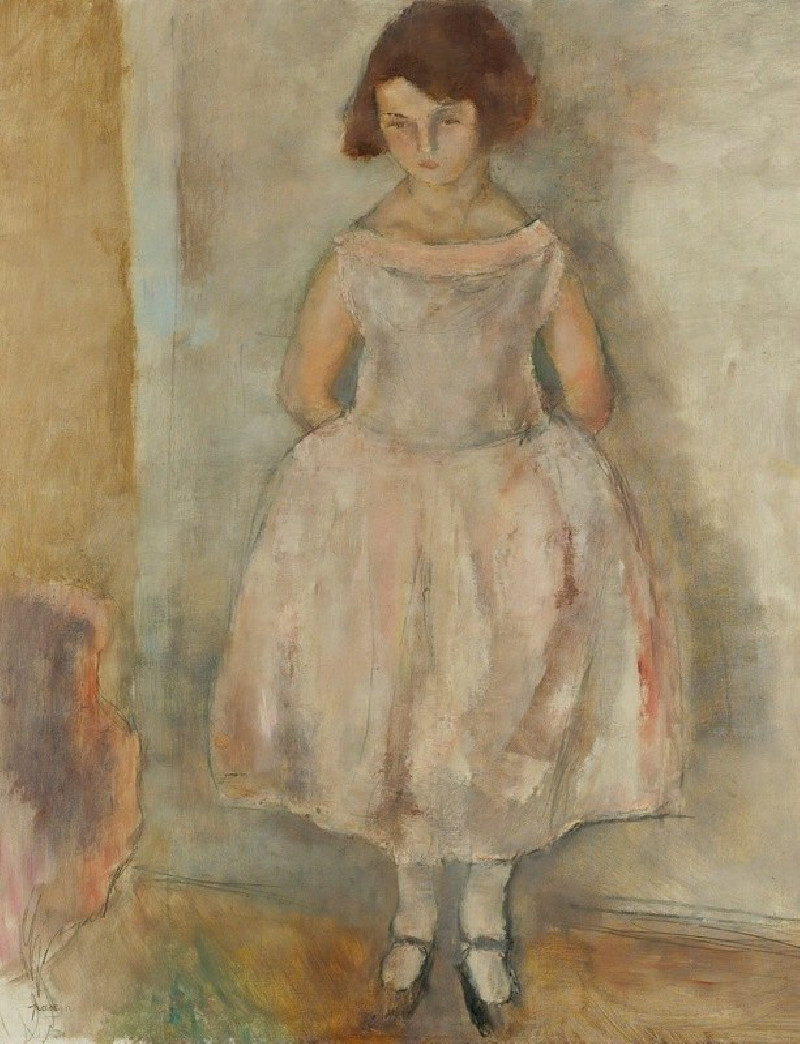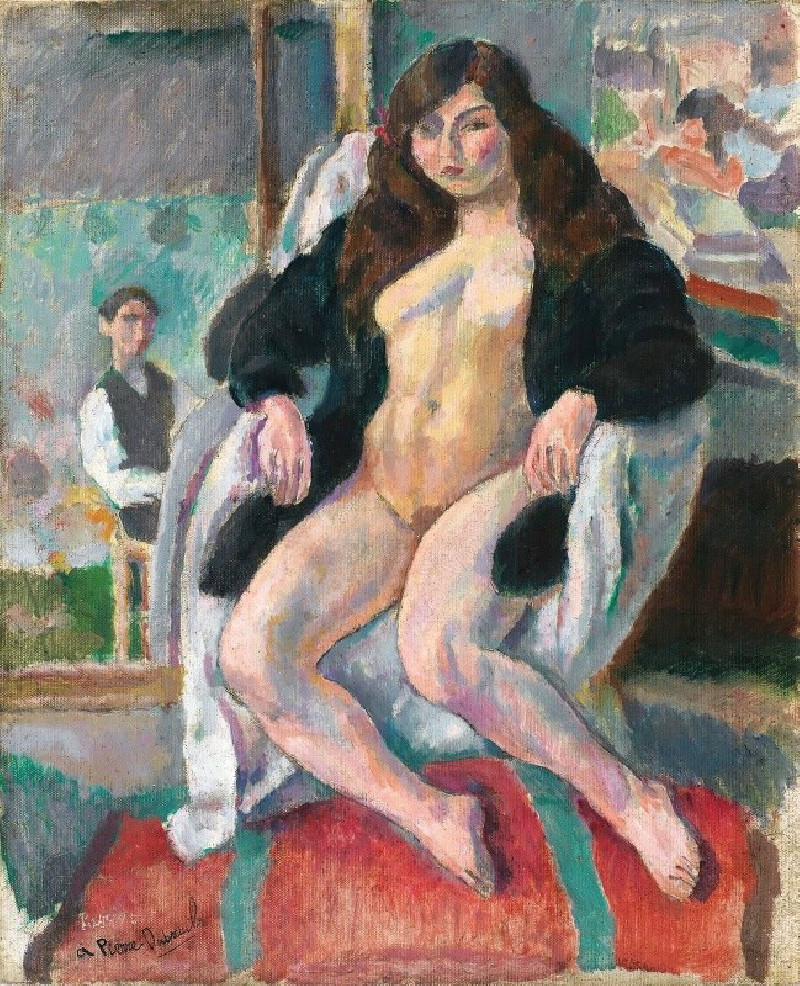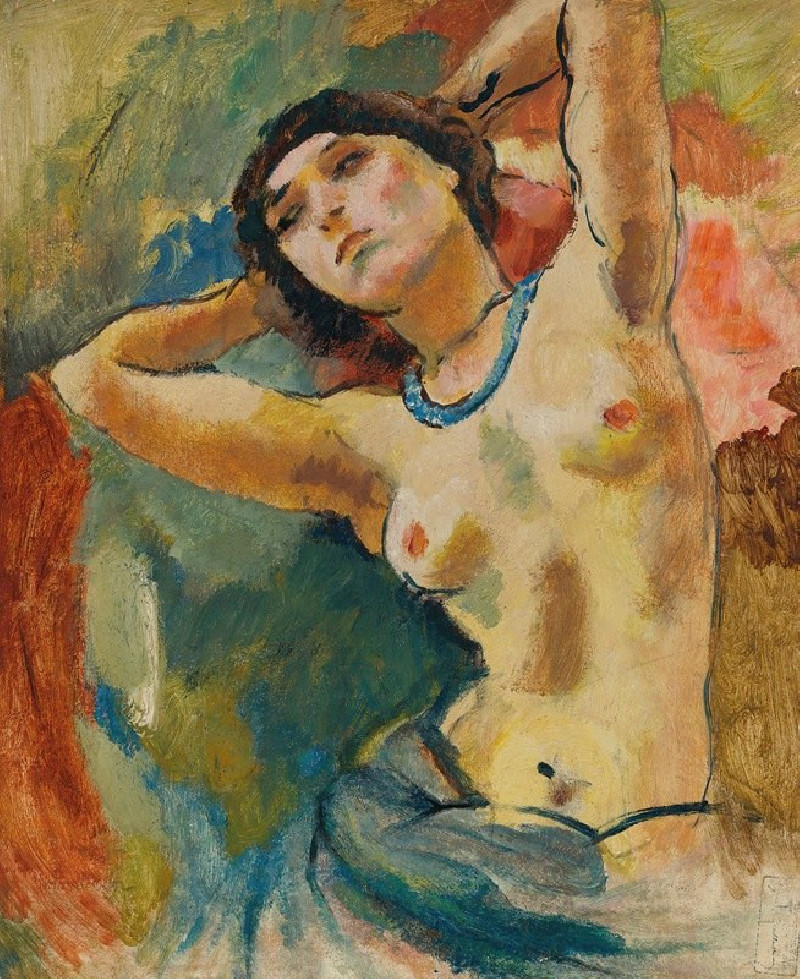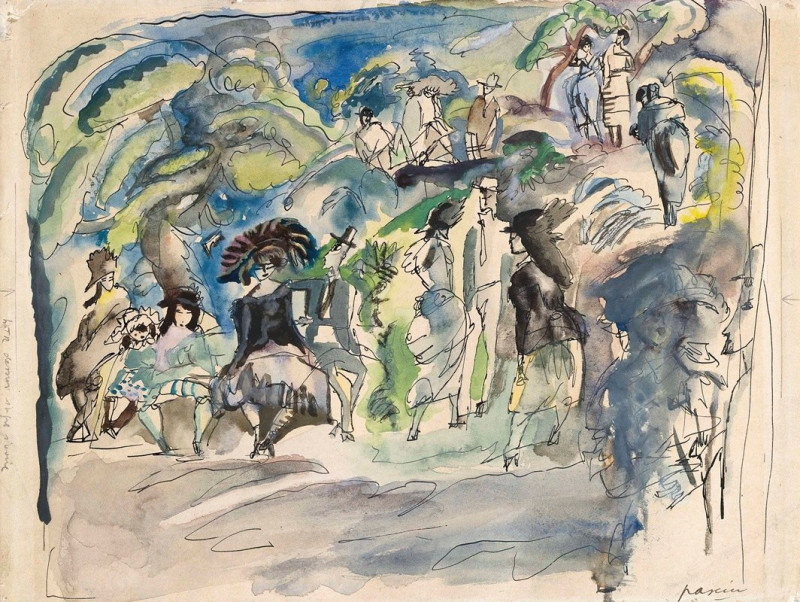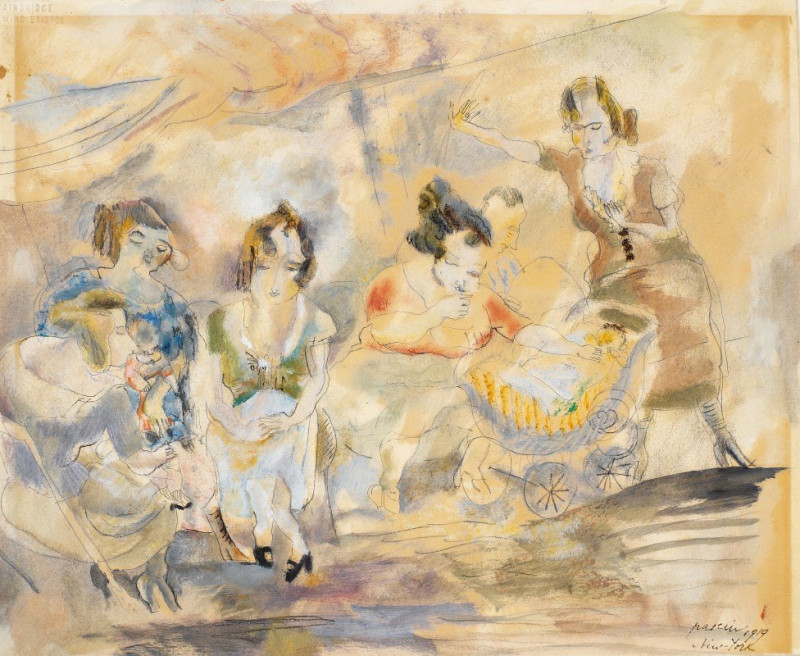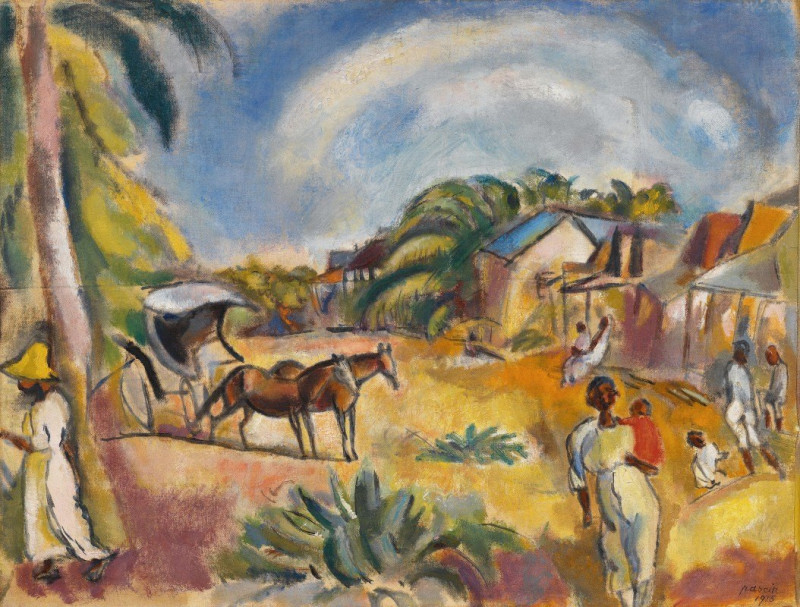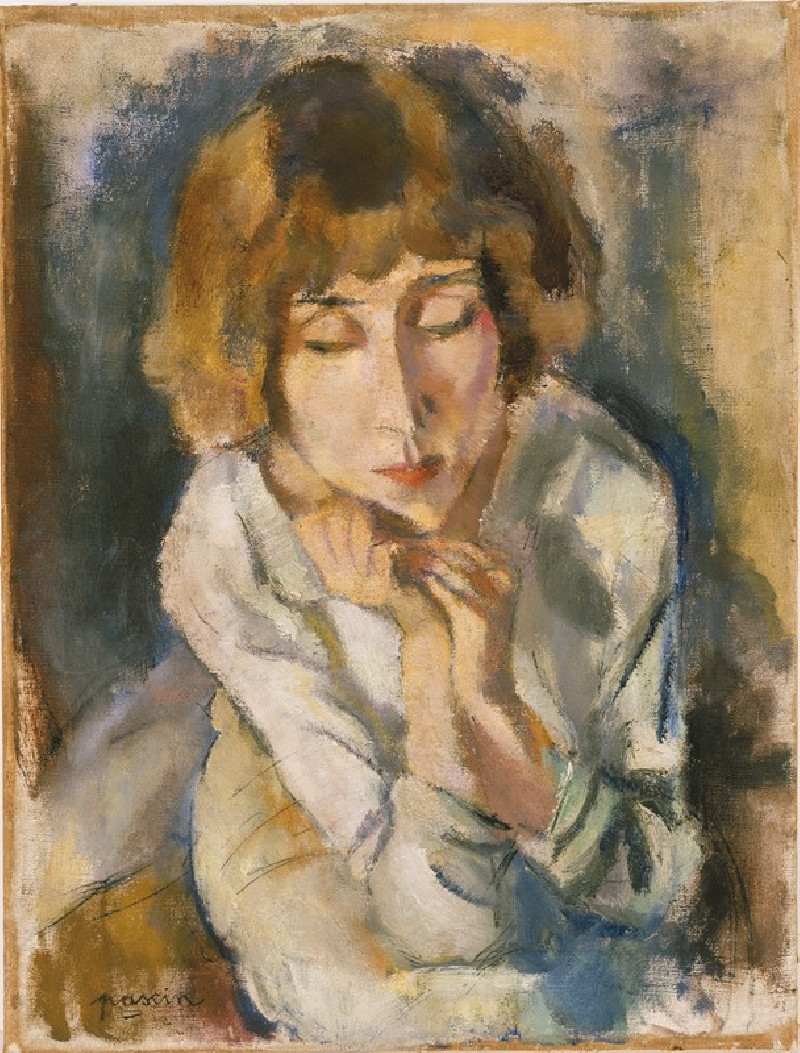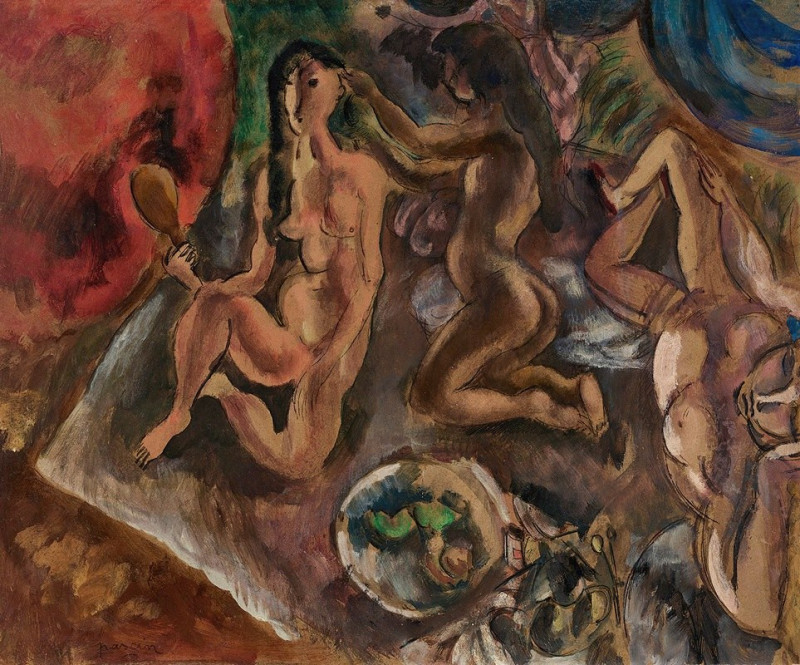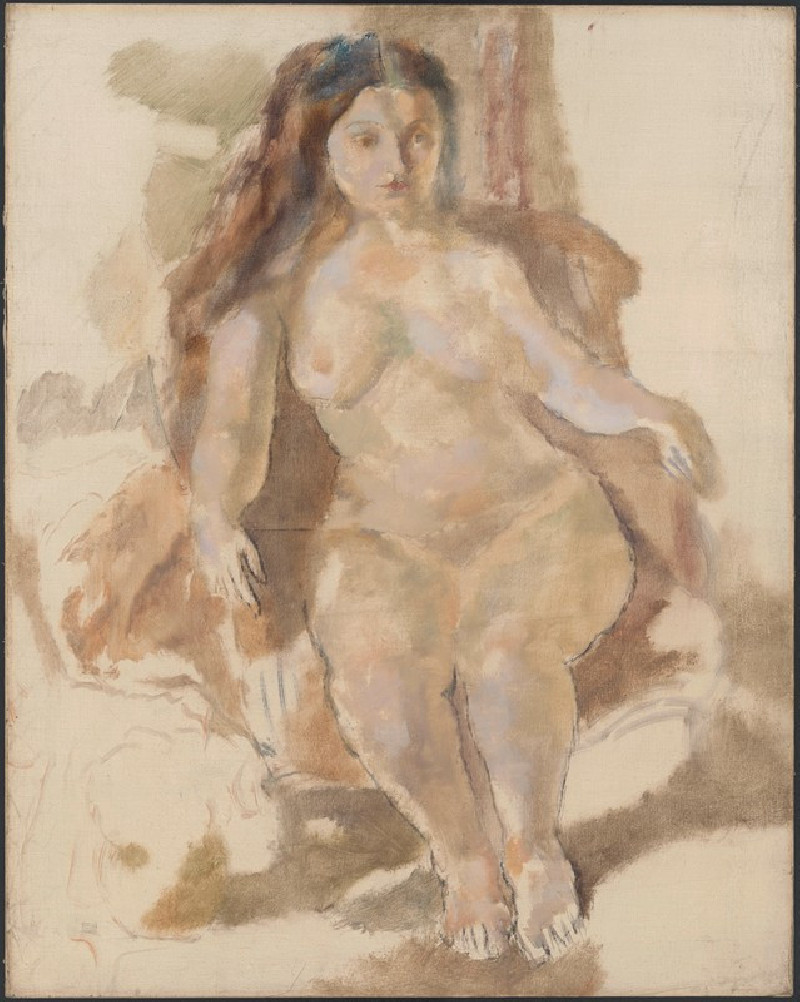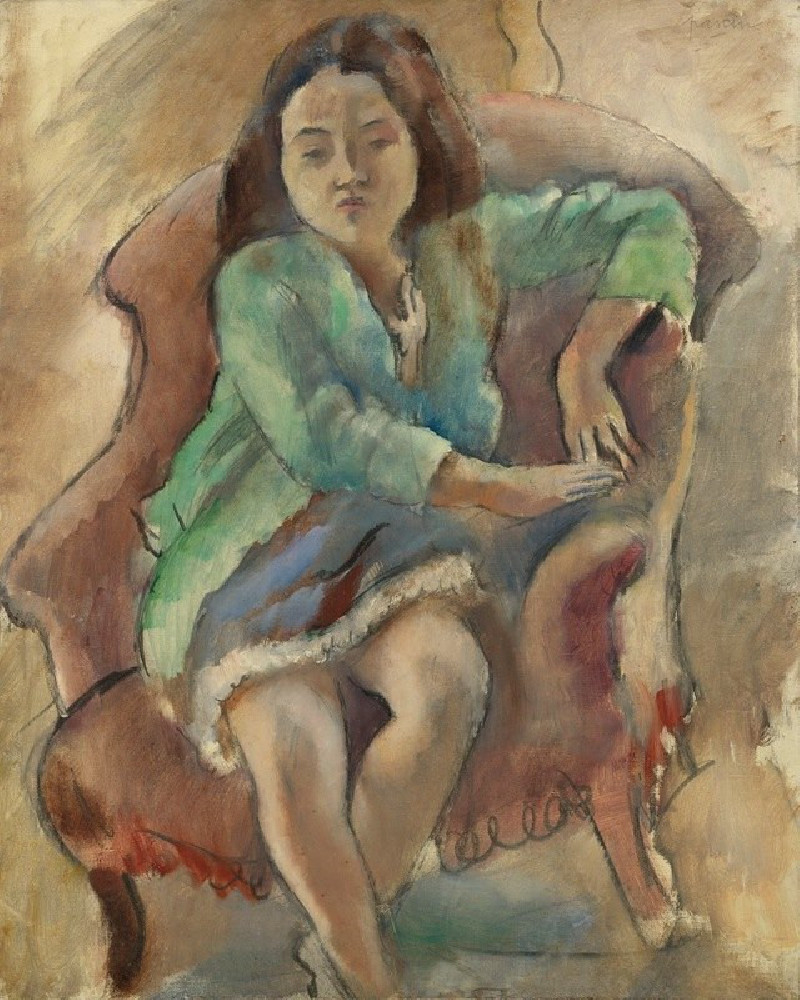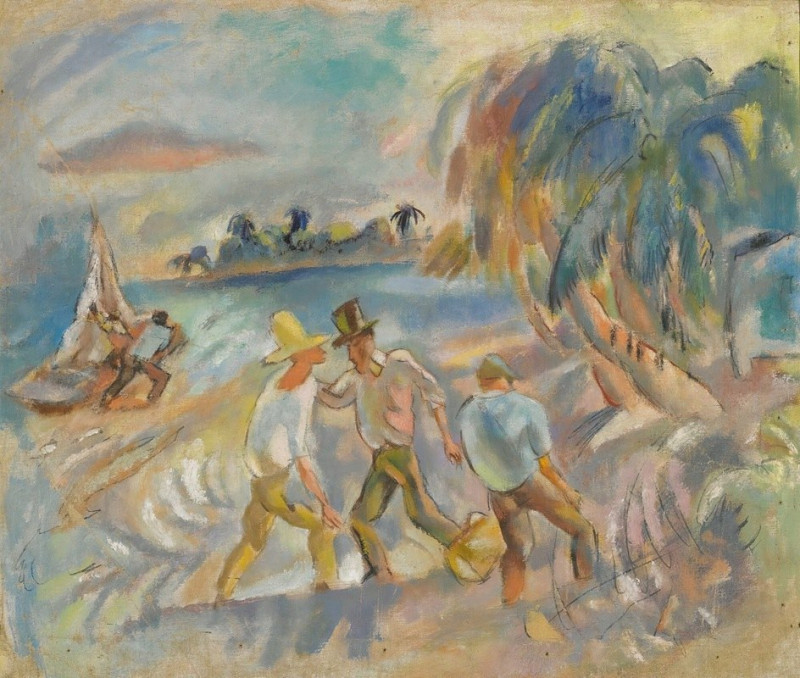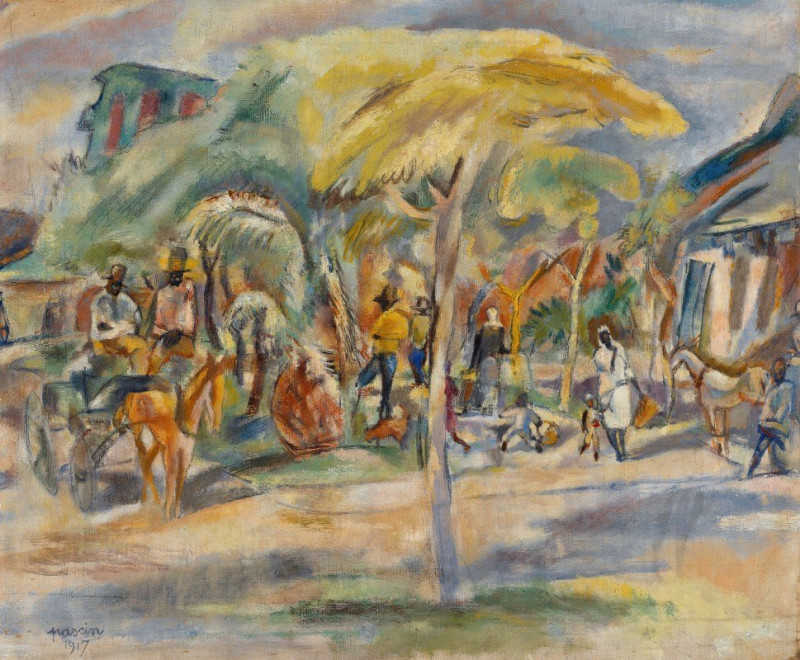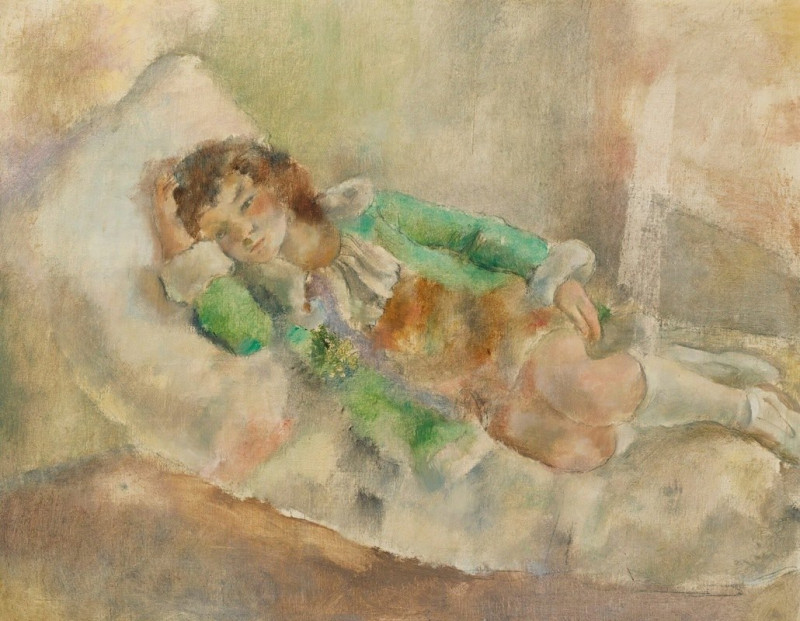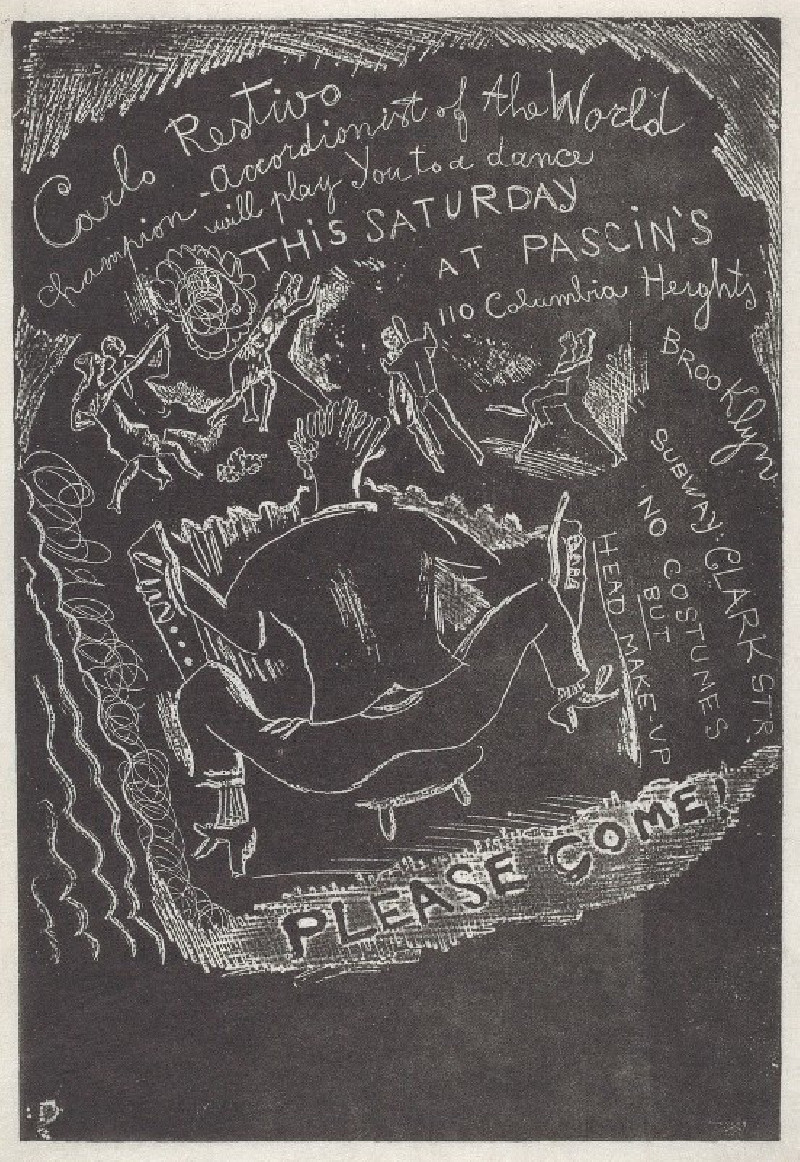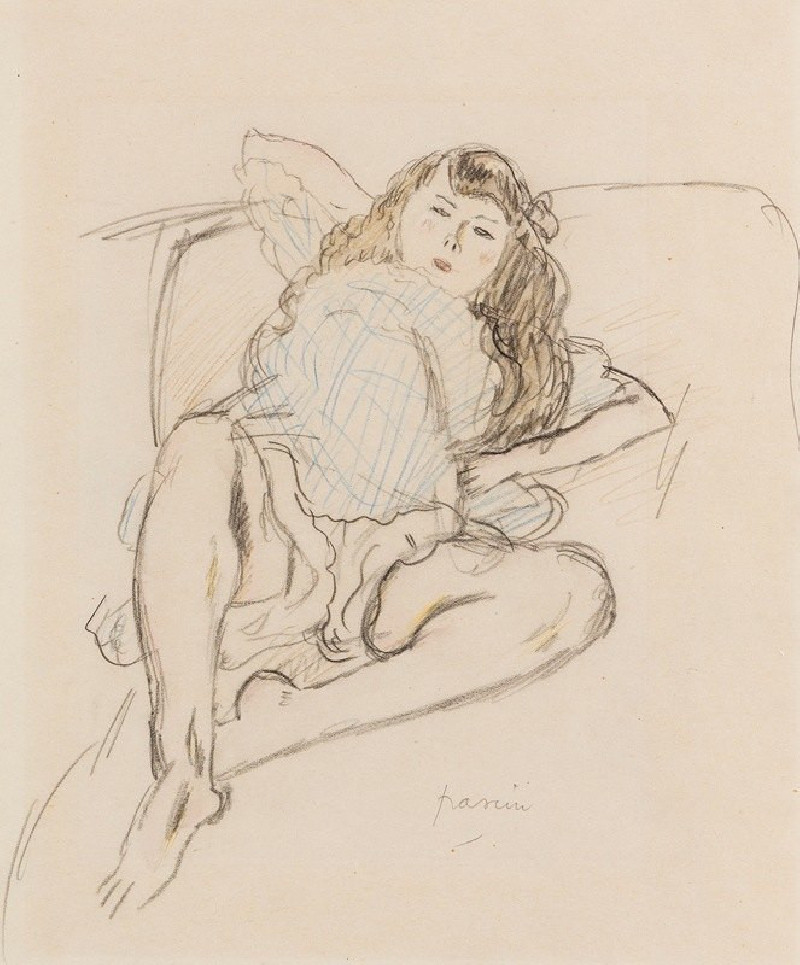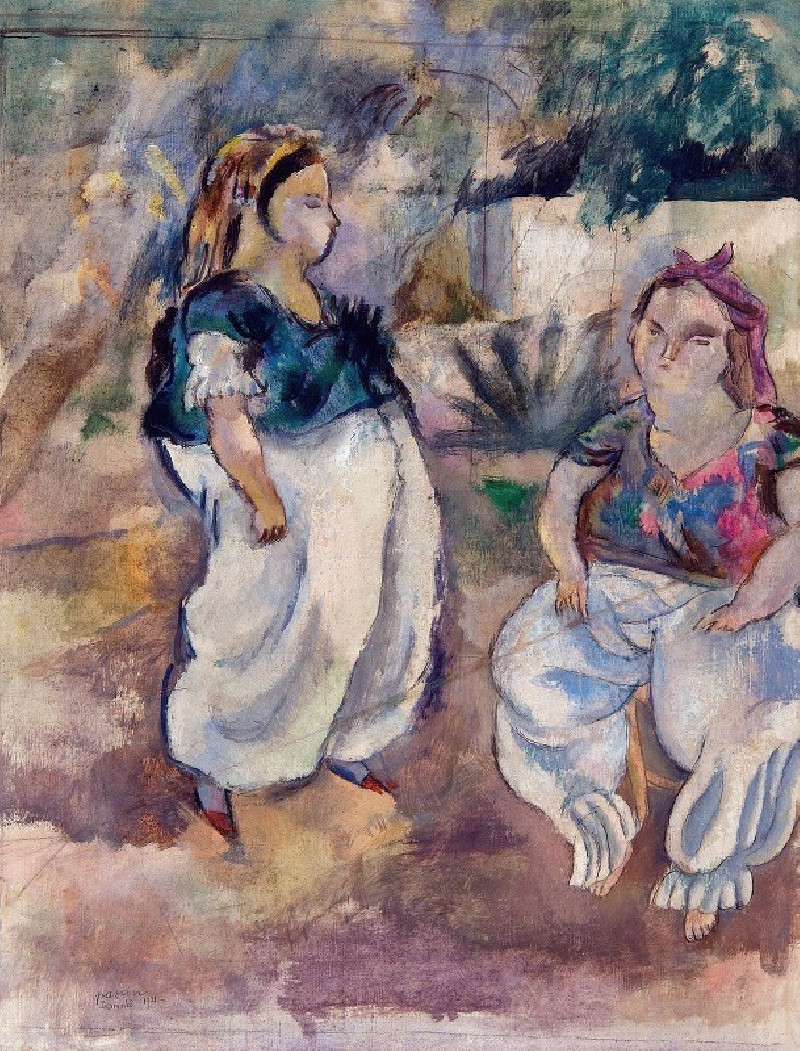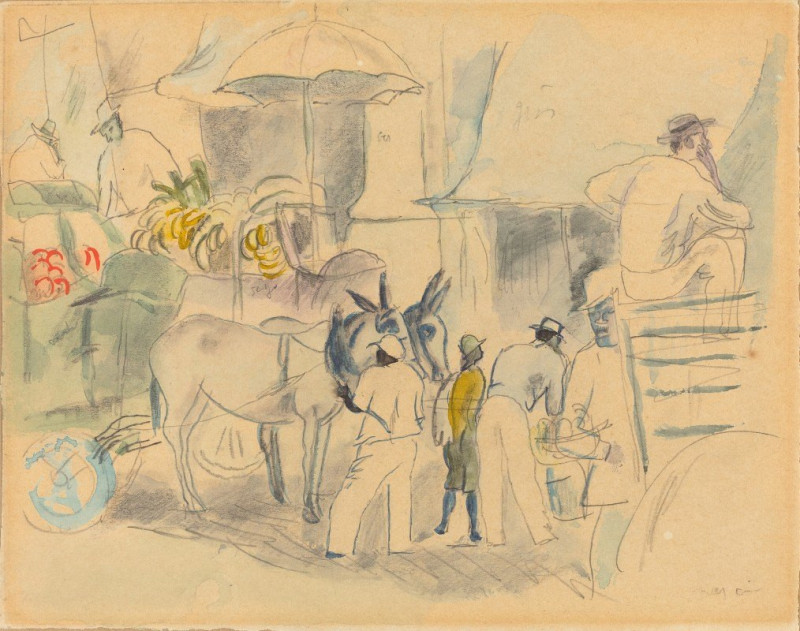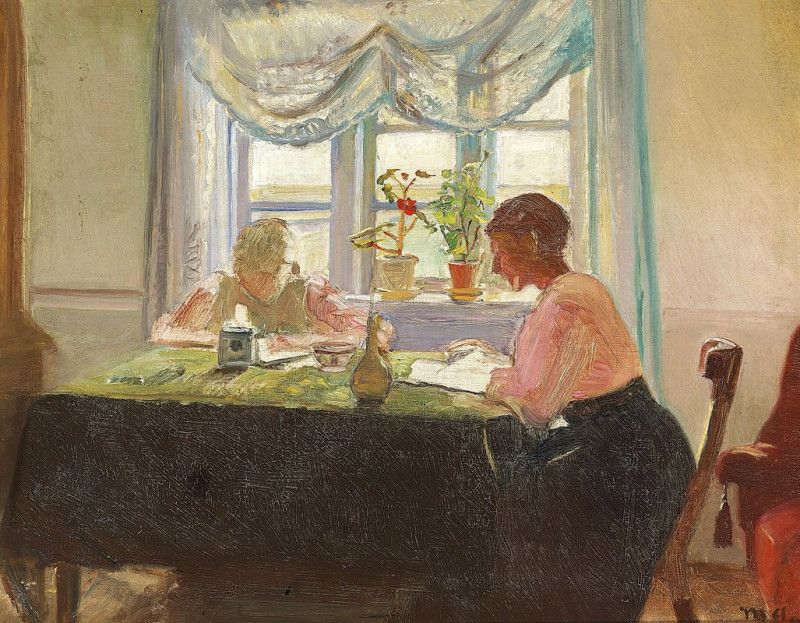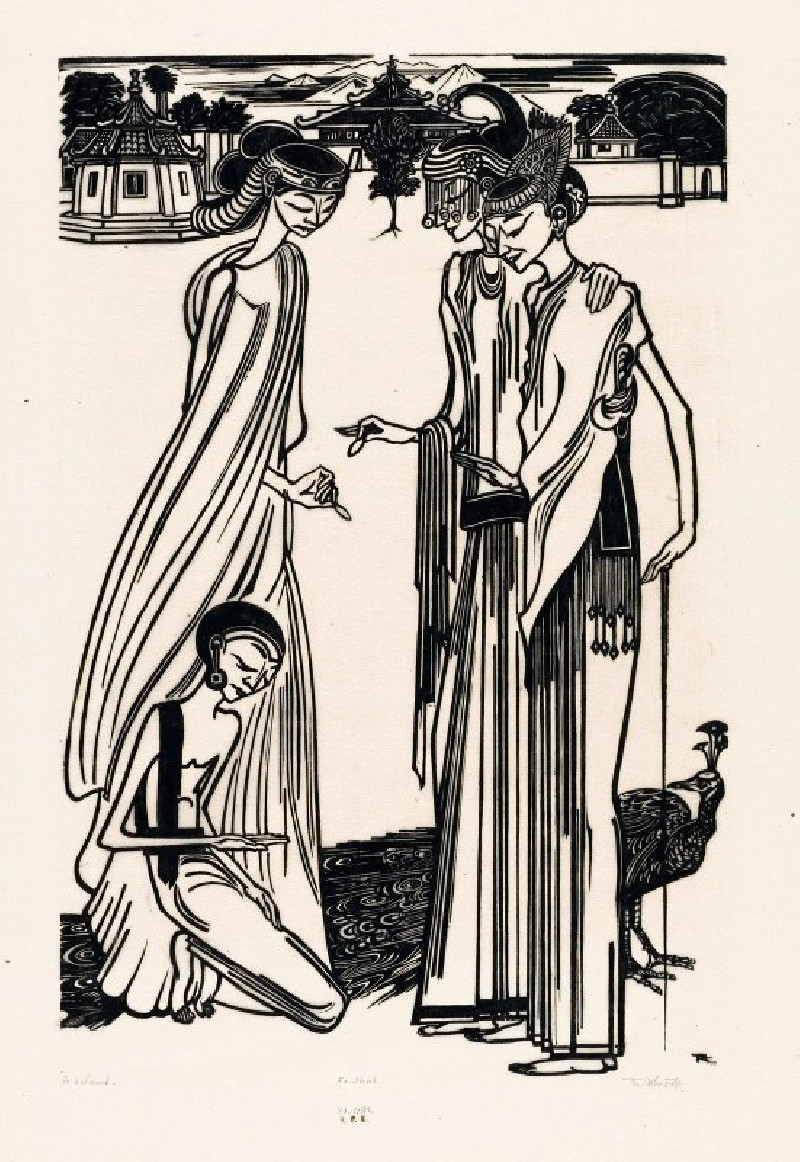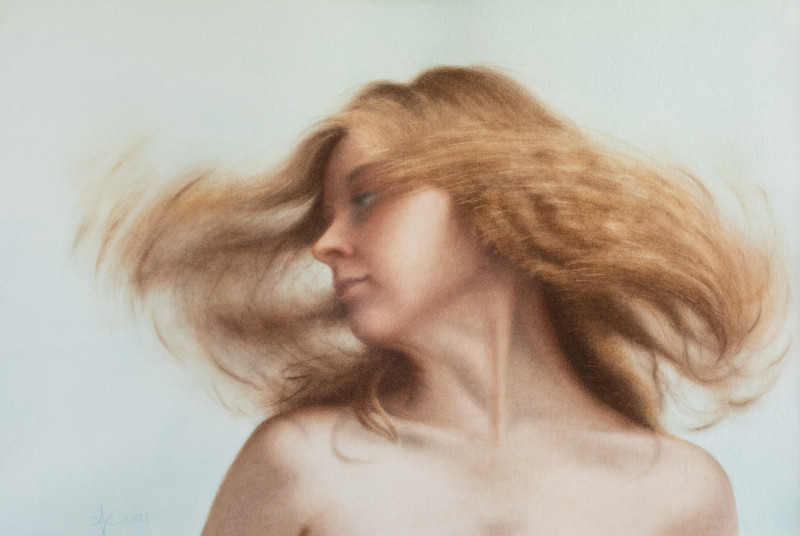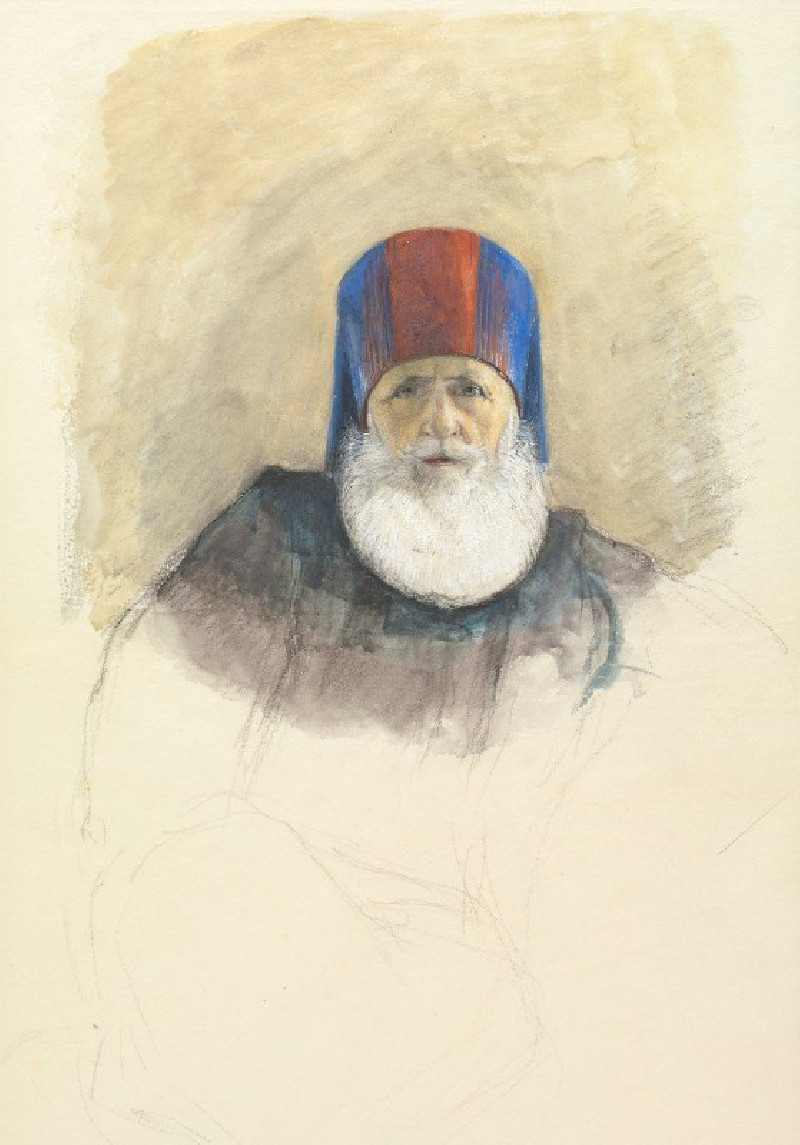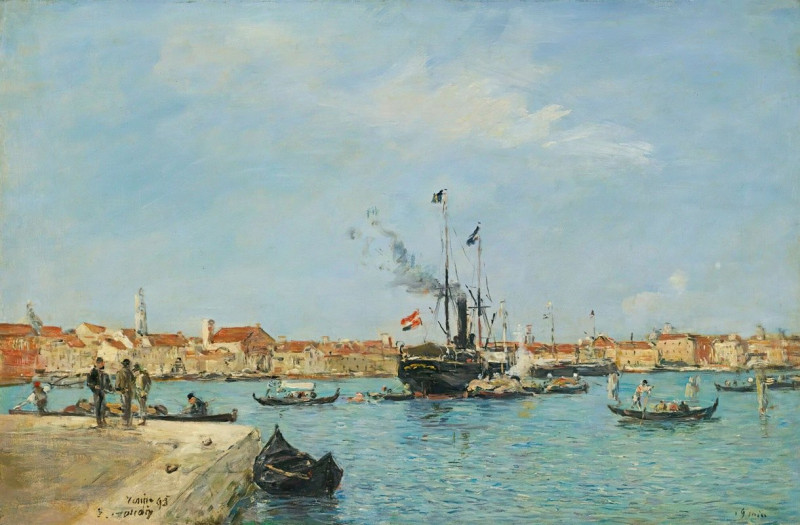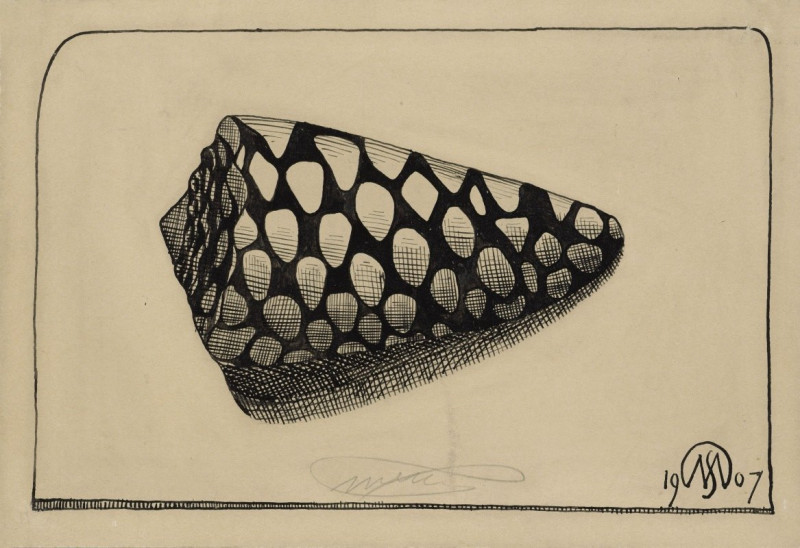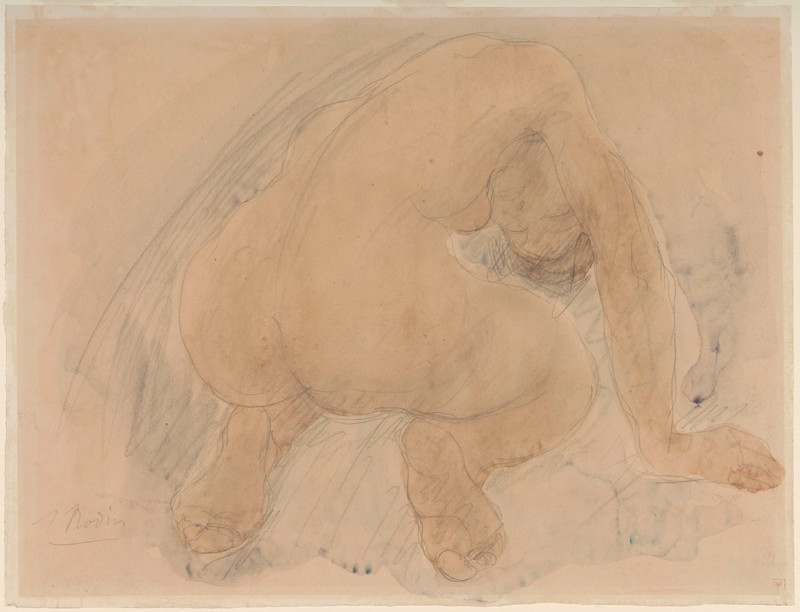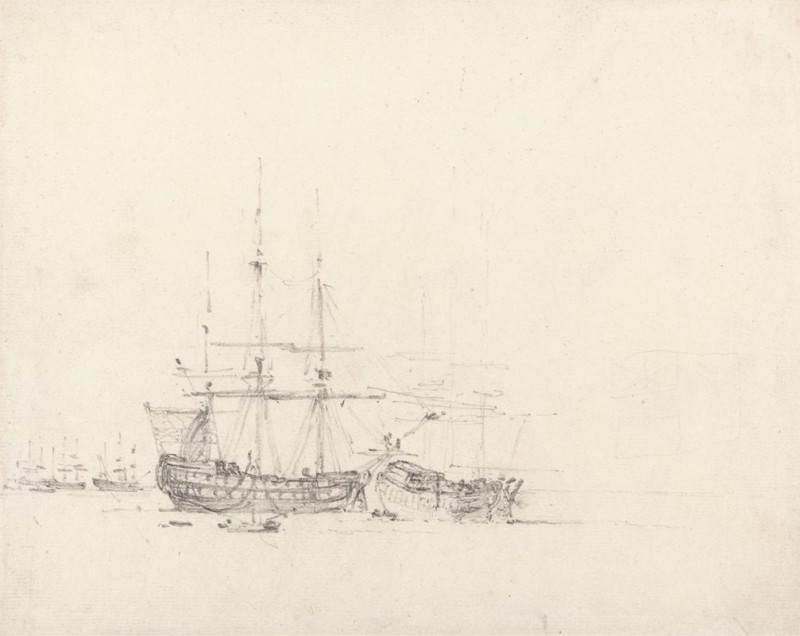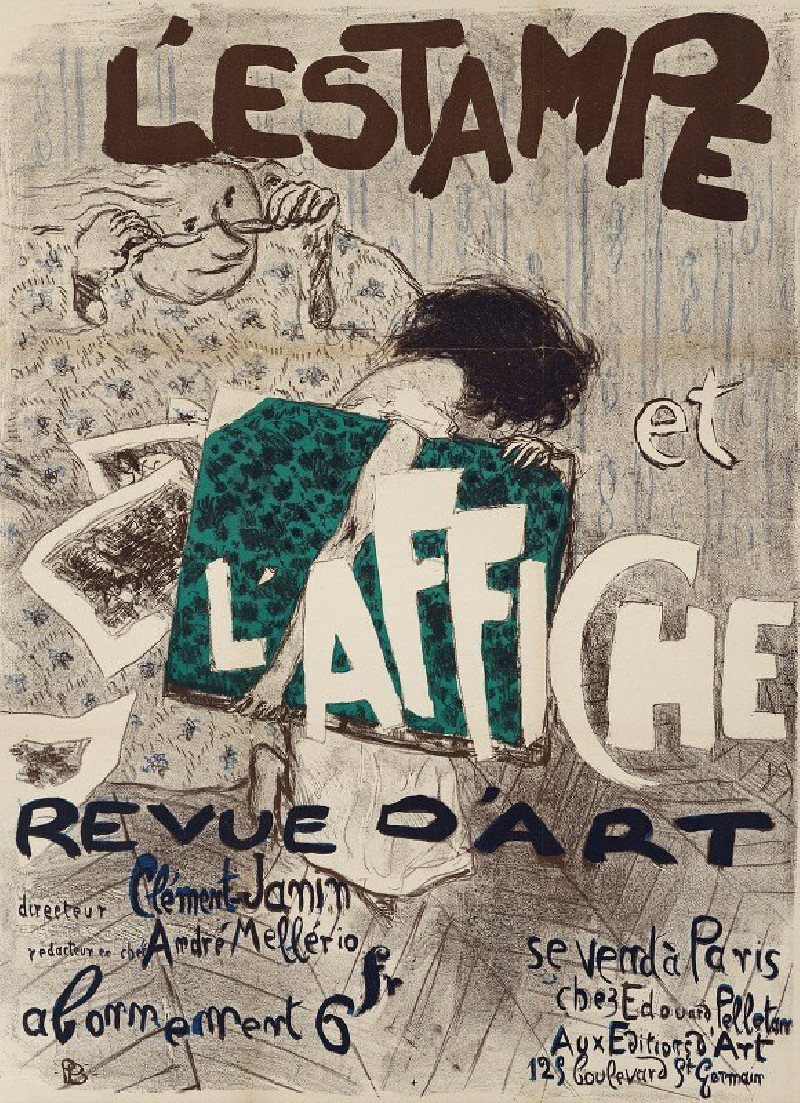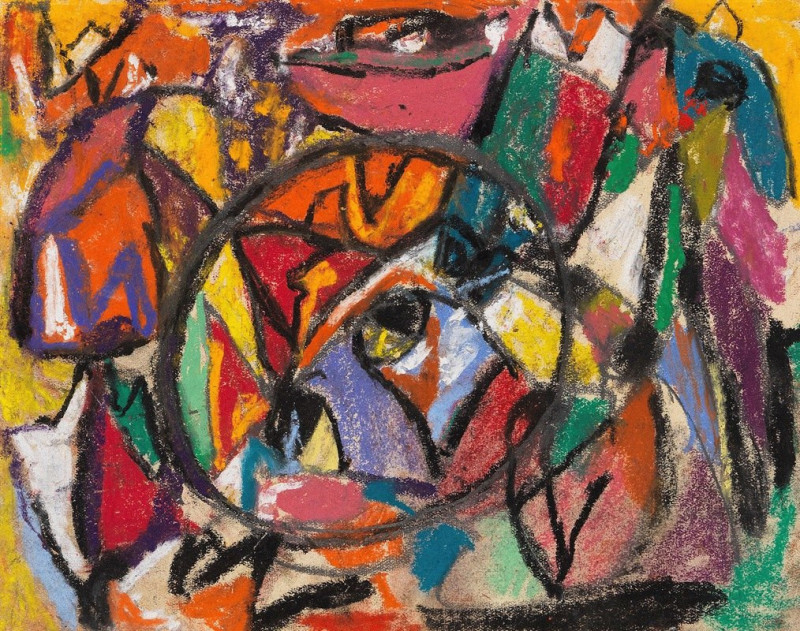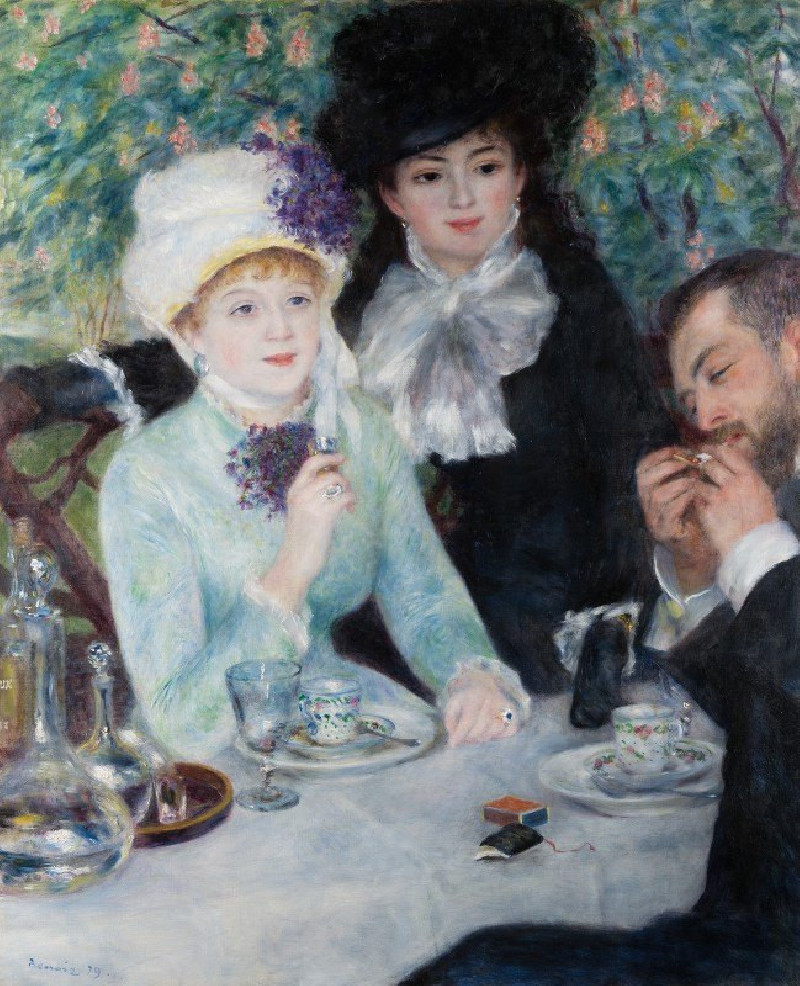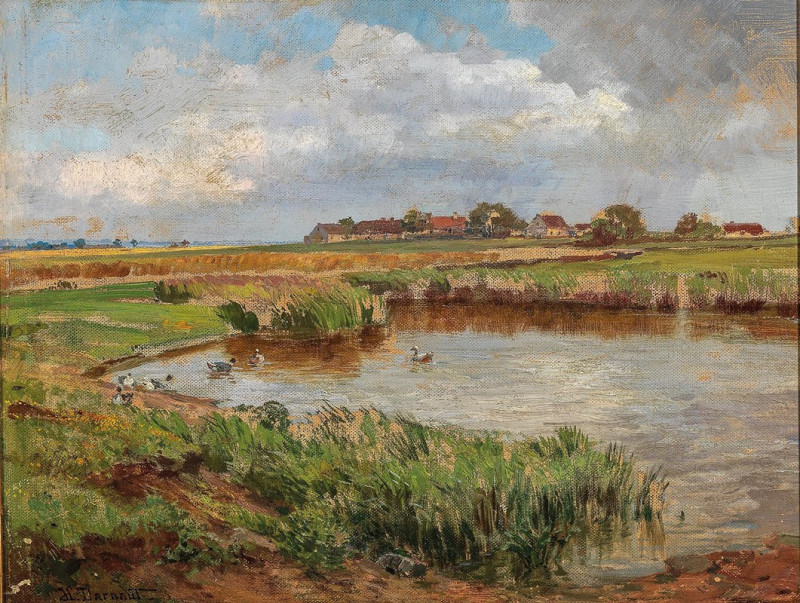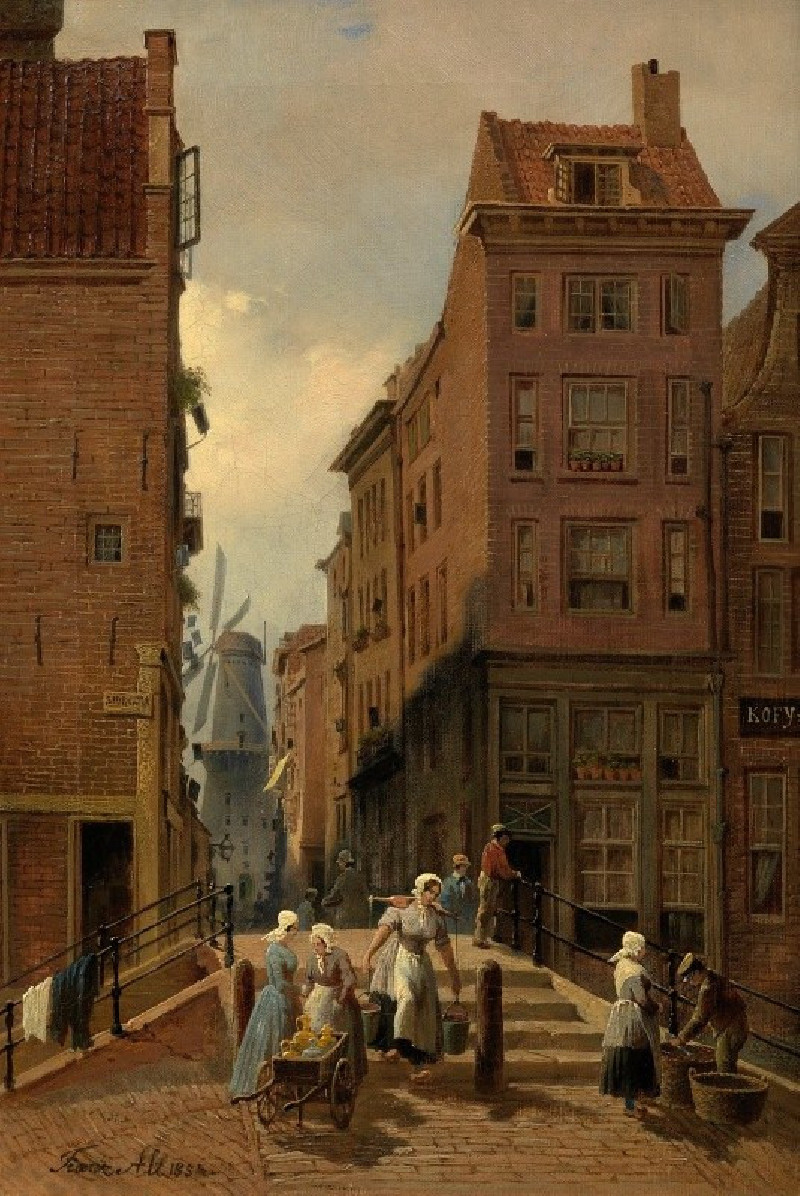La fille endormie (1926)
Technique: Giclée quality print
Recommended by our customers
More about this artwork
"La fille endormie" (1926) by Jules Pascin is a captivating image that delves into the world of serenity and intimate repose. This wonderful composition illustrates a young woman in a serene sleep, her posture relaxed and natural amidst the flow of delicate, muted tones that encompass the canvas.Painted in a soft yet expressive manner, the work captures the delicate features and the gentle curves of the resting figure, enveloped by a backdrop of subdued colors—a palette of earthy browns, soft greens, and warm oranges—that contribute to a peaceful, dream-like ambiance. The splotches of green and splashes of red add a quiet vibrancy to the painting, underscoring the artist's skill in balancing color and form.Wearing only modest attire and adorned with a simple necklace, the woman's vulnerability and tranquil beauty are tenderly rendered, showcasing Pascin's exemplary sensitivity to human emotion and form. The use of light and nuanced shades suffuses the portrayal with a sense of warmth and intimacy, drawing viewers into a moment of quiet introspection.
Delivery
Returns
Nudes, street scenes and landscapes of women and tropical locations by Bulgarian-born American painter Jules Pascin (1885-1930). Born to an affluent family, Pascin was educated in Austria and Germany before moving to Paris in 1905. It was there that he became associated with the Modernist movement. He attached himself to the human condition and was known for painting portraits of nude and half-dressed women. He stands in the grand tradition of the romantic, bohemian artist.

